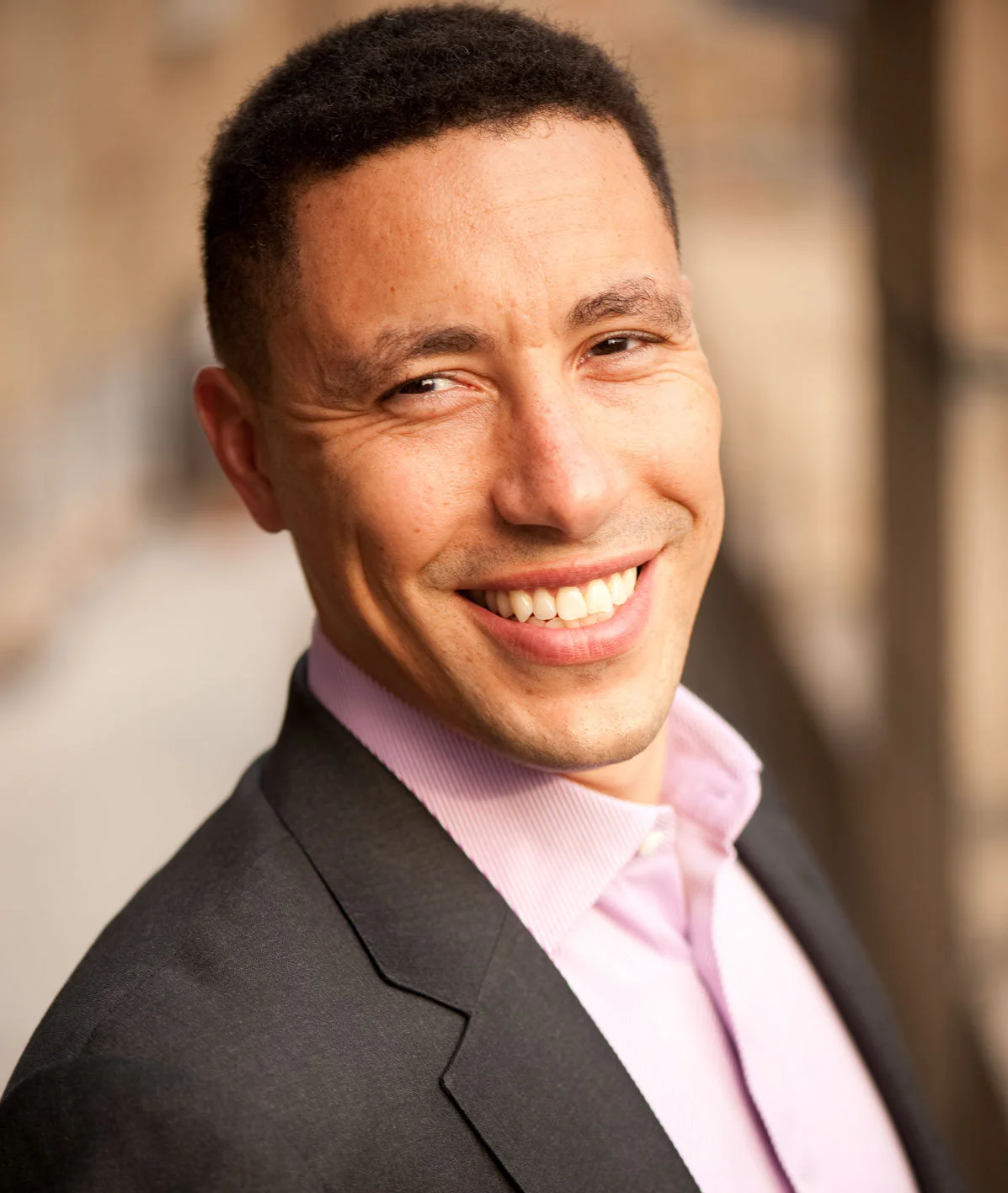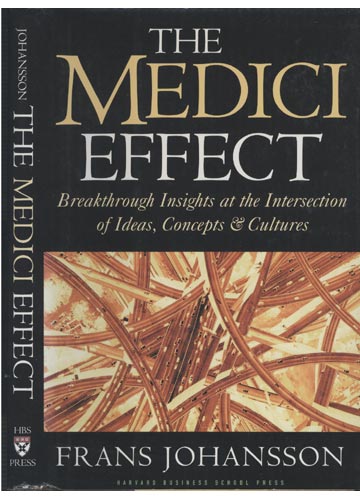Marcus Samuelsson, chef at Aquavit, a Swedish restaurant in New York, is one of the pioneers of fusion food. In the mid-90s, when he was just 24, Marcus introduced dishes like oysters with mango curry sorbet and caramelised lobster with seaweed pasta, which resulted in The New York Times’ food critic raising Aquavit’s rating from a respectable one star to a rare three stars, turning it into one of the city’s most popular restaurants.

Marcus is now one of America’s most famous chefs and according to creativity-guru Frans Johansson, author of The Medici Effect, his talents stem from ‘low associative barriers,’ which results in a child-like ability to draw associations that adults tend to lose. Marcus’s familiarity with world cuisine comes from his early experiences on a cruise liner and he connects this with his base knowledge of Swedish ingredients and cooking techniques with great effect. “He has placed himself at the intersection of cultures, where creativity is at its best. This is what I call The Medici Effect,” says Johansson.

The Medici Effect is named after the fifteenth century Italian banking family that brought sculptors, painters, architects and philosophers from all over the world to Florence, igniting the Renaissance. Johansson presents a modern-day example of the Medici in Harvard University, his alma mater, which set out to create a neuroscience department to rival MIT. Instead of recruiting America’s best neuroscientists, Harvard decided to hire a talented computer scientist, a physicist, a physician and one neuroscientist. The combination has succeeded in producing some great research. “All new ideas are combinations of existing ideas,” says Johansson. “The further apart the existing ideas, the more innovative the new idea.”
The other postulate of The Medici Effect is that more ideas lead to better ideas. By their nature, diverse teams tend to generate more ideas. Anyone who has sat through an office brainstorming session would probably testify to this. The tame ideas usually come first, but as the meeting wears on and the stress mounts, they start getting wild and innovative. And then that new trainee from France suddenly chips in and says, “We have a saying in Brittany…” sparking off a slew of fresh ideas.
One company that leverages the Medici Effect is Hewlett Packard, whose lab in the US has 32 scientists from 13 countries and 13 disciplines. Johansson says the company has a rule that new hires should never have the same background as any existing member of the team. “They recognise that diversity drives innovation,” he says. “That’s because different cultures think of the same things differently.”
From trying to sell the same product all over the world, companies today are moving to adapting their products to the markets, sometimes with surprising results. L’Oreal, for example, took over Maybelline when it was predominantly an American brand. In the process of launching its mascara in Japan, Maybelline’s Ketan Patel (a Kenya-born Indian) discovered that it was very important to Japanese women that their eyelashes curve upwards. This led L’Oreal to invent the curved mascara brush (an idea incorporating some intricate engineering) which became a best-selling global innovation.
Another example that Johansson uses in his book is Lay’s Cool Guacamole chips, a $100 million product thought up by a Latin American employee at Pepsico, who felt Guacamole can be used as more than dip. In India, Pepsico has incorporated masala chips that are specifically made for the Indian palate. One Indian innovation that multinational companies have used globally is the small sachet. Originally designed for the lower income segment, sachets are now used in all kinds of applications, not just for their low price, but for the convenience of their small size.
Then there are Michelin-star Indian chefs like Vikas Khanna, Sriram Aylur, Garima Arora and Atul Kochhar who have fused Indian recipes with Western cooking styles to great effect in restaurants all over the world. In Ahmedabad, the Medici effect can be seen in the food market, whether it is the Thai Dhoklas offered up the ITC Narmada or the pizzas with a Dal Makhani base offered by La Milanos. These creations come from chefs who understand Indian food as well as Thai and Italian food and how they might be fused together.
Innovation comes with risk, since only a few ideas finally succeed in the final stage of execution. The most innovative companies have a way to mitigate risks, even as they try out new ideas. British entrepreneur Richard Branson has a rule that a new idea must break even in six months. “It is important to try out as many new ideas as you possibly can,” says Johansson. “But most organisations punish failure, whereas they should be punishing inaction.”
Also Read: GST Applicants May Have To Undergo Police Verification In Gujarat













